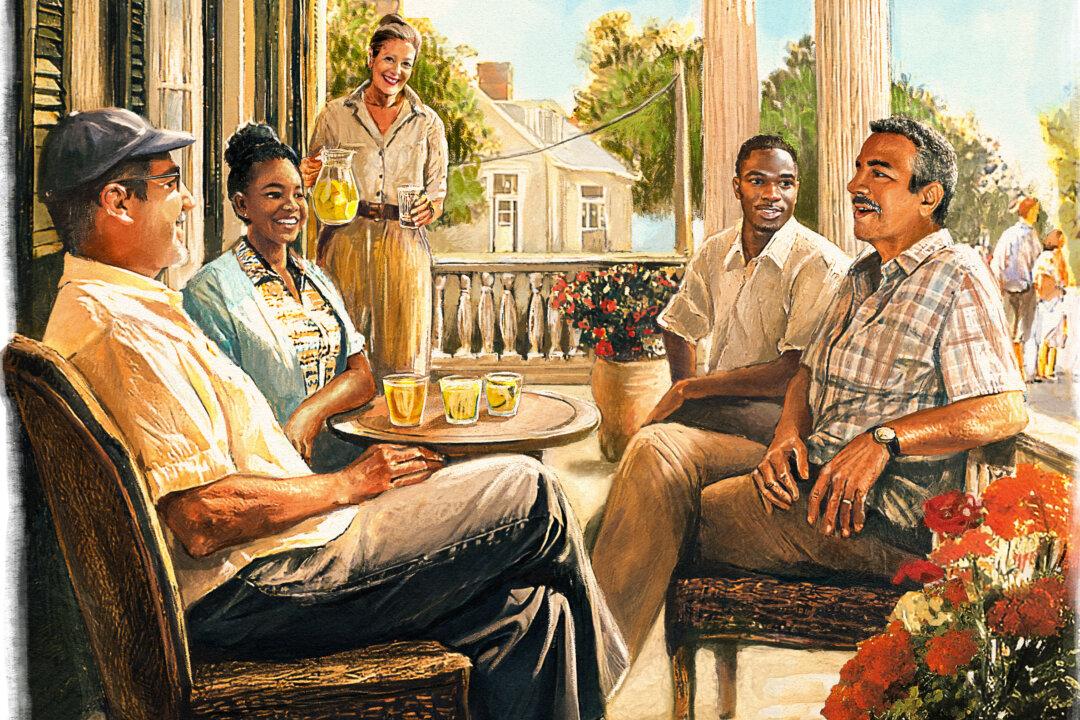Since before recorded history, music has brought people together and sustained the cultural and social life of civilization. Music—a universal language—seems to bypass all formalities and go straight to the heart, moving us with a mysterious power. As Benedick quips in Shakespeare’s “Much Ado About Nothing,” referring to a common material for instrument strings at the time: “Is it not strange that sheeps’ guts should hale souls out of men’s bodies?”
The music begins to flow, and we fall silent, carried away on its tide. Traditionally, music emerges from a social context; sitting alone and listening to music is a relatively modern activity—unless you count the solitary musician playing an instrument for his own amusement. Folk music in particular is intertwined with social life; it interacts with the culture, tradition, and daily life of specific communities, shaping and being shaped by them. We can benefit ourselves and our communities by reviving this social and artistic practice, which brings people together in the appreciation of beauty like nothing else. Hosting folk music get-togethers isn’t as hard as it sounds.






